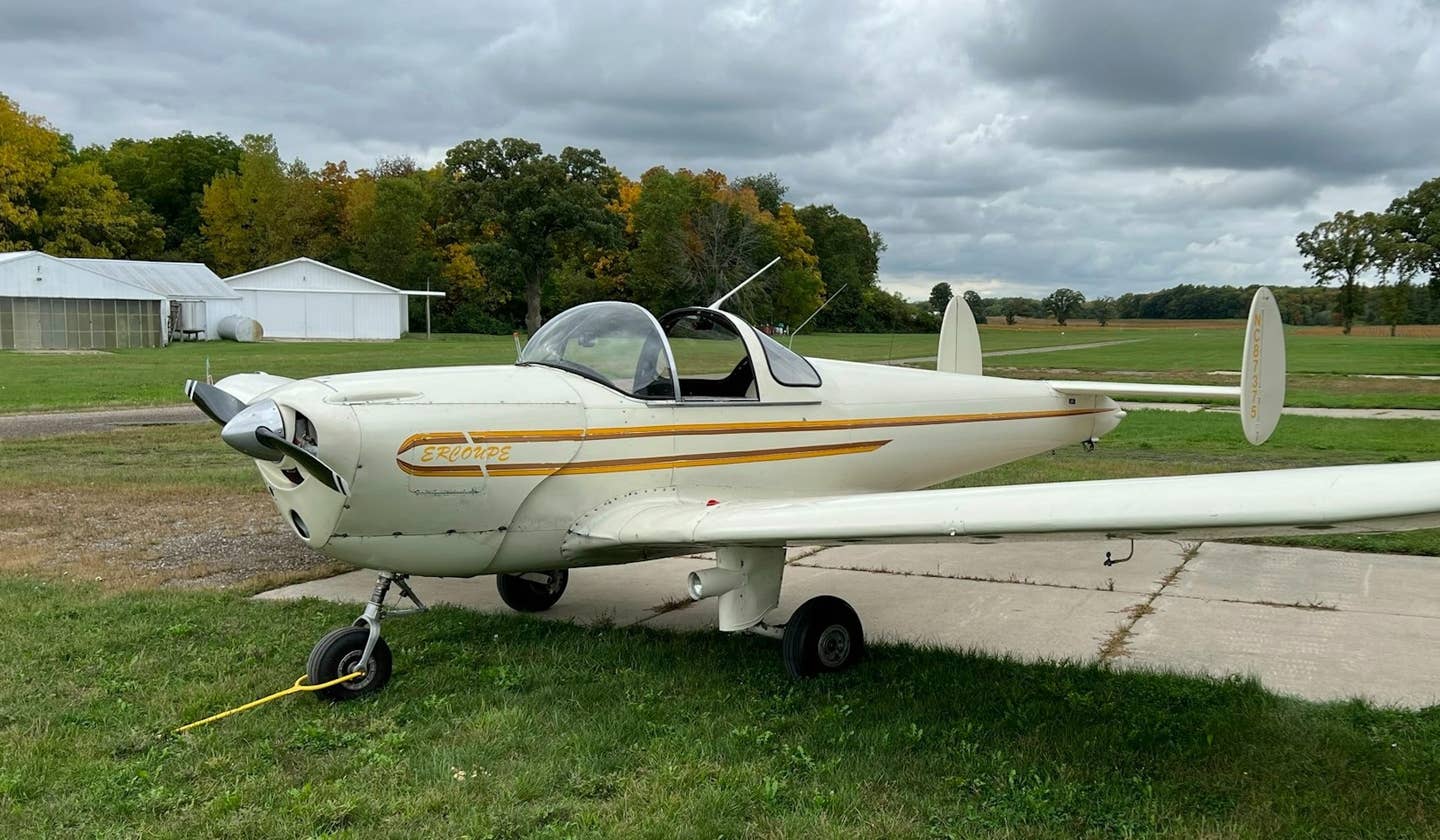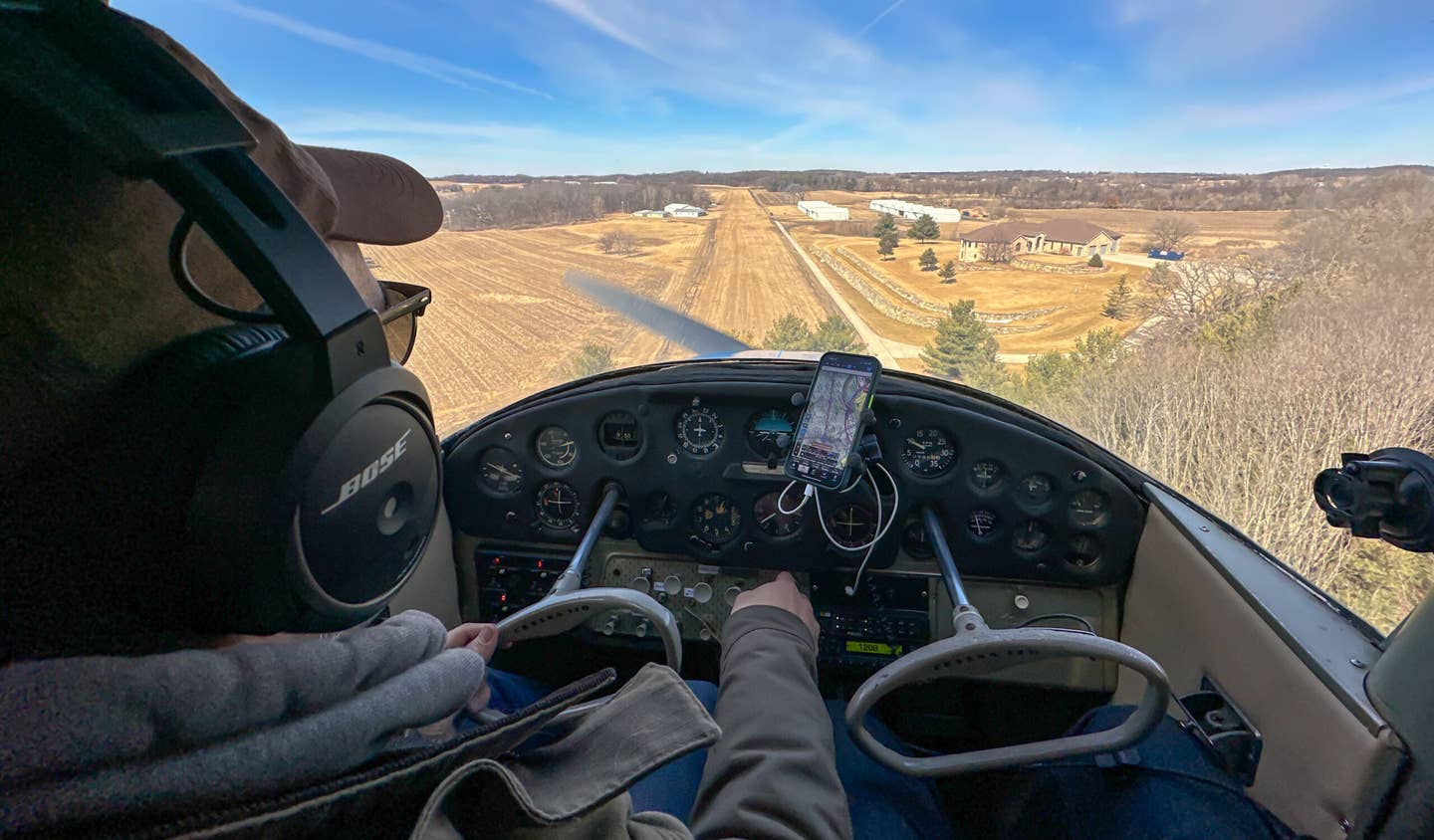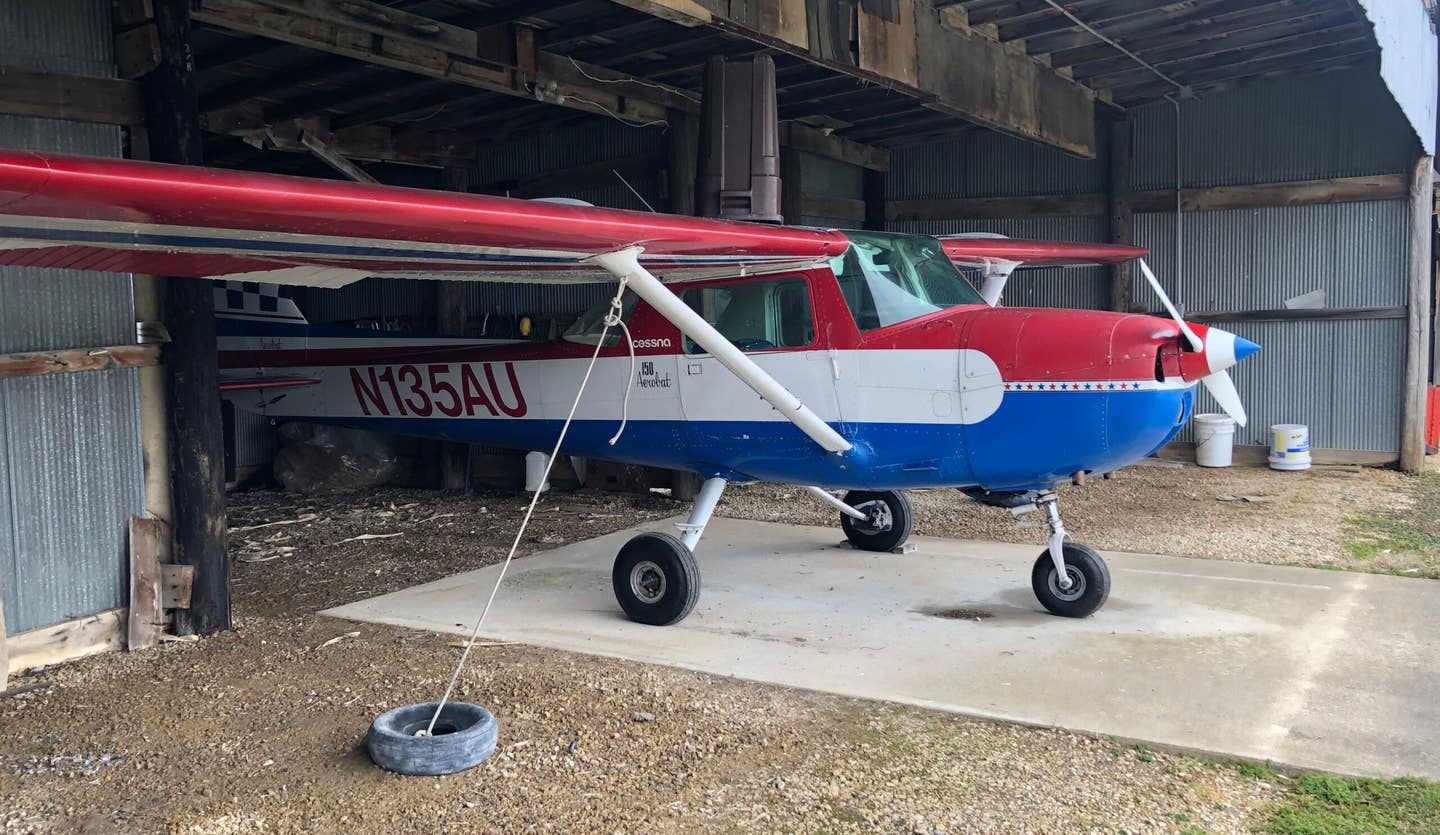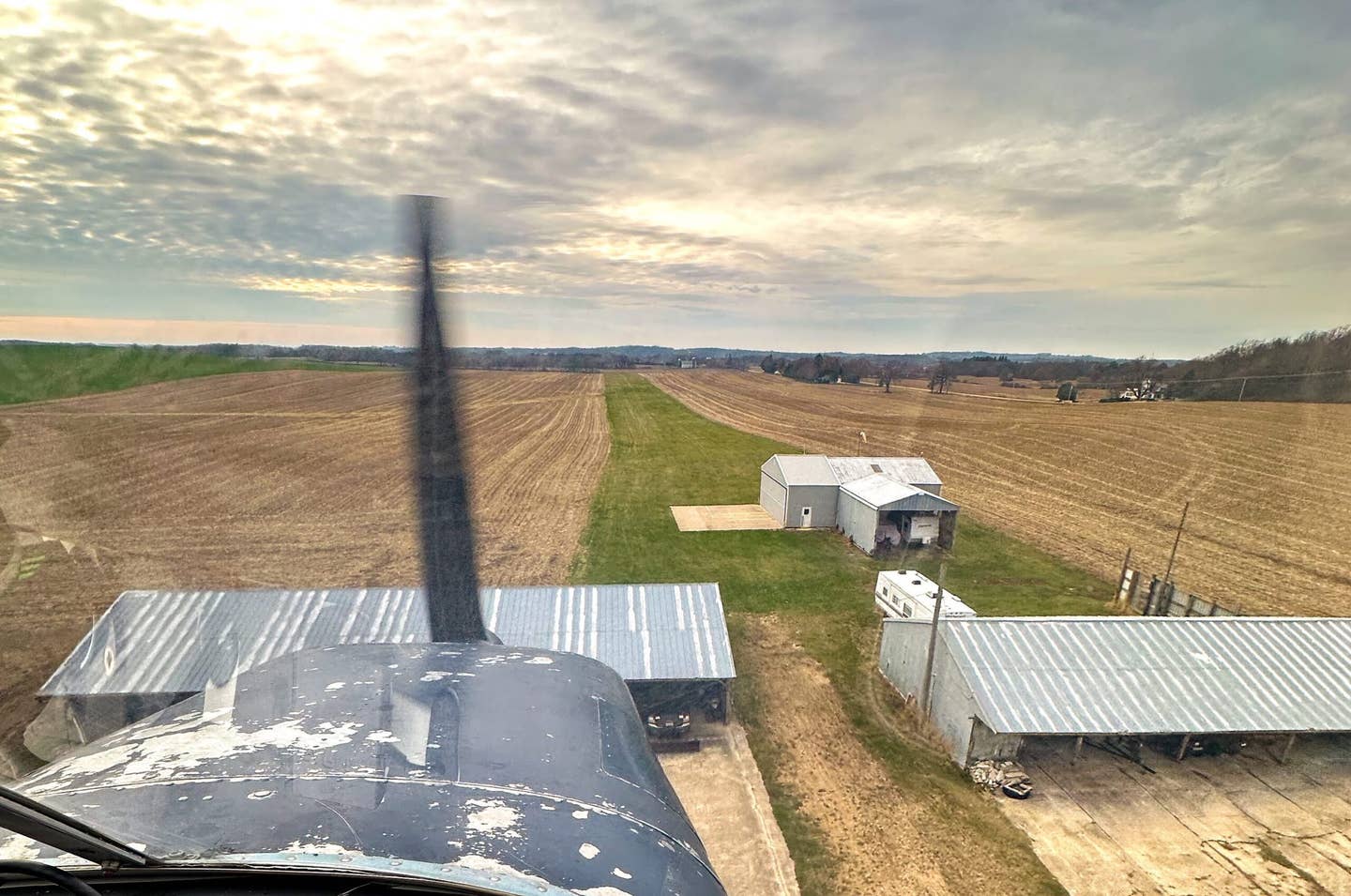The Daunting Endeavor of Buying Your First Aircraft
Don’t venture too far into the weeds without first determining which direction you’d like to go.
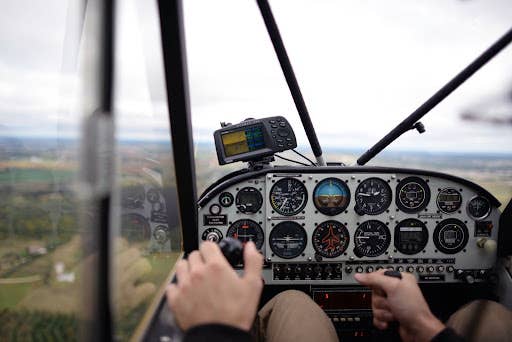
Left hand on the throttle, right hand on the stick. Many argue this is the most natural way to fly, but whether it’s for you can only be determined by trying it out. [Courtesy: Jason McDowell]
Shopping for one’s first aircraft can be a daunting endeavor. The process can be lengthy, having to determine one’s priorities, learn what aircraft types are able to meet those criteria, and then narrow down the selection to the types that offer the best balance of advantages and drawbacks. In the pursuit of the perfect specimen, vast spreadsheets are often built and many daily responsibilities of adult life are often ignored.
Before one gets too far ahead of oneself, however, one must take a step back to evaluate the available options from a higher level. In my case, I had reached a point where I had become deeply entrenched in the intricacies of various types. How much heavier a metalized Cessna 120/140 wing is compared to the original fabric-covered wing, for example (around 50 to 75 pounds), and how much it might cost to replace all the fabric on a Stinson 108 (as much as $45,000 to $50,000 when it’s all said and done).
As I was navigating all the various pitfalls and little-known lore of several types, it occurred to me that perhaps I should first back up and determine whether I preferred tandem seating, in which one occupant sits in front of the other, or side-by-side seating. Similarly, it occurred to me that I hadn’t put much thought into whether I preferred yokes or sticks. I had become buried in specification lists and budget sheets, shopping with my brain and ignoring some of the less tangible preferences that aren’t as easily quantifiable in rows and columns.
Looking at my list of contenders, they ran the gamut. Some had two seats, one had three, and others had four. Some had sticks, others had yokes. And sure enough, tandem and side-by-side seating were both represented in my list of potential candidates—like the SOCATA Rallye that features side-by-side seating and sticks.
So, pausing my investigation into the minutia of various types, I took a broader look at these more fundamental decisions to be made. I began by considering my experiences flying aircraft with tandem seating configurations. Looking at the list of all the types I’ve ever flown—a list well worth maintaining, perhaps inside the back cover of your logbook—I picked out those with tandem seating and reflected upon my experiences.
From the simple Piper J-3 Cub to the Aeronca Champ to the supremely capable Aviat Husky, I recalled the combination of strengths and weaknesses inherent in that configuration. Each was a relative pain to get into and out of. A lack of flexibility and multiple winter layers could make this a real chore.
Each provided outstanding visibility, so long as you were seated in the front. I definitely did not enjoy flying from the back seat of the J-3, for example. With another person seated up front, I might as well have been flying the Spirit of St. Louis, with zero forward visibility and an extremely claustrophobic cabin. If I was to pursue a type with this seating, I’d insist upon one that allows solo flight from the front seat.
Among the less-quantifiable benefits to tandem seating was the placement of seats along the fuselage centerline. As a friend of mine once observed, the throttle is in your left hand, the stick in your right, and some point between your eyes is the roll center. You may only have 65 horsepower on tap, but when banking into your turn to final, you might as well be flying your own Mustang or Spitfire.
But thinking back, I never really found the stick to feel as natural as a yoke. This might be the result of the law of primacy, as I’d done all of my primary training in Cessna 152s, but it might also have been a preference for using my left hand to control the aircraft and my right hand to control the throttle. One way to get to the bottom of this was to seek out a type where you manipulate the stick with your left hand and the throttle with your right.
I was fortunate to locate a Piper PA-16 Clipper for rent about an hour away in rural Wisconsin. The Clipper is rare in that it pairs control sticks with side-by-side seating and a single throttle control mounted in the center. The person in the left seat manipulates the stick with their left hand and the throttle with their right.
The Clipper had many admirable qualities. The relatively large ailerons provided a snappy roll rate, and it was fun to fly. But once again, the stick just didn’t feel as natural to me as yokes. This might have been a function of my relatively broad shoulders; my arms and hands naturally fell farther outboard of centerline, farther away from a centrally-mounted stick.
I left the little FBO nearly $200 poorer, but with some useful insight into the yoke versus stick debate. And by determining that my preference was for yokes, this also meant that, by default, my preference was also for side-by-side seating. While sticks can be found in both tandem and side-by-side cockpits, there are, to my knowledge, no light general aviation types that combine tandem seating with two yokes. The Champion 402 Lancer comes close, with a yoke up front and a stick in back, but as a twin with fixed-pitch props and an inability to maintain altitude on one engine, this type was best forgotten.

Sign-up for newsletters & special offers!
Get the latest FLYING stories & special offers delivered directly to your inbox

